
Panther strives for survival in Everglades
It is storied that since the dawn of time man has fought an epic struggle for survival against the wild beasts of the forests.
Today in the 21st century, as the Florida panther faces extinction, it is up to man to write a new chapter to this story by aiding the panther in its struggle to survive.
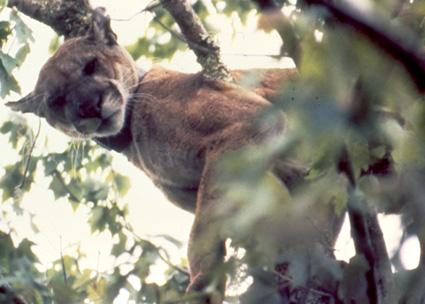 |
Chris Belden, Florida Panther Recovery Coordinator for U.S. Fish and Wildlife Service, had the rare opportunity to see this panther (Photo courtesy of Chris Belden). |
Found historically throughout the entire southeastern United States, according to Friends of the Florida Panther Refuge, currently the panther occupies less than five percent of this historic range.
Bob Showler, an Everglades National Park ranger, cites habitat loss due to the construction of highways and roads as the biggest difficulty in reestablishing the panther population.
“We are working on protecting the panthers from being road kill. The population has definitely come up a bit, but it is isolated and low,” Showler said.
| Swampland at Big Cypress National Preserve, located in Southwest Florida between the cities of Miami and Naples (Photo courtesy of National Park Service). |
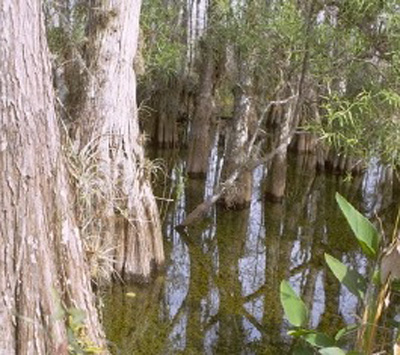 |
Listed as endangered since 1967, the Florida panther can be found in both the Everglades National Park and Big Cypress National Preserve. Although the park and preserve are doing all they can to help the panthers, they can do little to control what happens outside of their boundaries.
“People need to be proactive to avoid conflicts,” Showler said.
He cited a fence that was built after a panther had been seen hanging around close to an environmental education camp for kids in Big Cypress National Preserve as an example of how to be proactive.
It was believed the panther had followed deer into the campground. The fence was designed to prevent deer from jumping over and thus stopping the panthers from following them. Although the fence provided a solution in that particular situation fences alone cannot save the Florida panther.
| Wetland at Big Cypress National Preserve (Photo courtesy of National Park Service). |
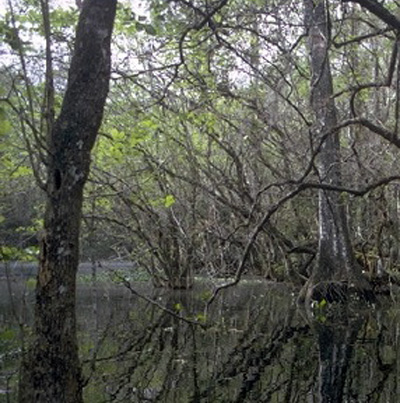 |
“The number one threat to the Florida panther is loss of habitat. People continue moving into Florida and taking over habitat,” Chris Belden, Florida Panther Recovery coordinator for U.S. Fish and Wildlife Service said.
Belden doubts that panthers and humans will ever be able to live in harmony. He believes that the Florida panthers’ best shot at survival among the threats of the modern world is increased diversity in the species. A small population led to inbreeding among the panthers. Therefore, before the panther population could be made larger, work had to be done to make it healthier.
Bob DeGross, Big Cypress National Park public affairs spokesperson, agreed that increasing biodiversity among the panthers was crucial for the survival of their species. Over the last few decades the Genetic Restoration Project has been taking steps to boost the viability of Florida’s panther population.
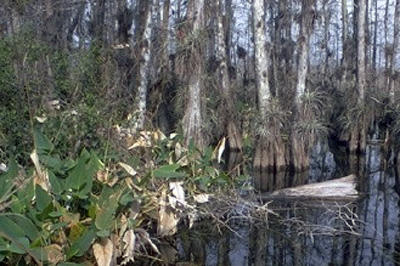 |
Wetland at Big Cypress National Preserve (Photo courtesy of National Park Service). |
“Due to inbreeding there were lots of genetic problems. Panthers were born with holes in the heart or born sterile. The Genetic Restoration Project was established and has greatly improved diversity in the population,” DeGross said.
In the late 1990s the Genetic Restoration Project introduced eight Texas cougars to the Florida panther population. Although known by many names, panther, cougar, mountain lion and puma all refer to the same variety of big cat.
The cats that had been introduced into the existing population were allowed to have two sets of offspring before they were removed and sent back to Texas. The panthers born from this project had increased genetic variability and a much higher chance of survival than prior generations.
“Due to a healthier population, reproduction has been greater. The panther population has about tripled since 1995,” Belden said.
| Sunset over the Everglades National Park, where the Florida panther makes its home (Photo courtesy of National Park Service). |
 |
Now that the Florida panther population is making a healthy recovery the age-old struggle between man and beast comes back into play.
“Florida panthers are a wilderness species. People won’t allow it to live with people,” Belden said.
Showler, too, admits that people and a predator species living in close proximity to each other create a conflict. Still, he believes that with an effort there is possibility for successful coexistence.
“Panthers are a unique part of the natural environment. As predators at the top of the food chain they keep animal populations healthier by weeding out the sick,” said Showler.
DeGross also views the panthers as important to Florida and insists that the fate of the people of Florida is intertwined with the fate of the Florida panther.
“The ecosystem of South Florida is fragile,” DeGross said. “The better we maintain the habitat for wildlife, the better we maintain it for our own benefit as well.”
| The Florida panther makes its home among the beauty of the Everglades National Park (Photo courtesy of National Park Service). |
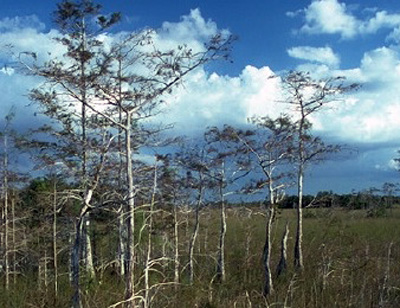 |
As the amount of land in the United States that can still be defined as wilderness continues to shrink, Belden appeals to the part of human nature that cannot help but hope for a happy, poetic ending to the story.
“The panthers are an indication of the existence of wilderness. For that reason alone, they are worth saving,” Belden said.
The Florida national parks and preserve, along with the U.S. Fish and Wildlife Service will continue to do their part to keep the Florida panther from becoming just a memory.
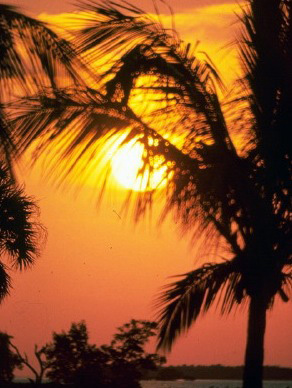 |
Everglades National Park, where the Florida panther makes its home, is the largest subtropical wilderness in the United States (Photo courtesy of National Park Service). |

Comments are Closed